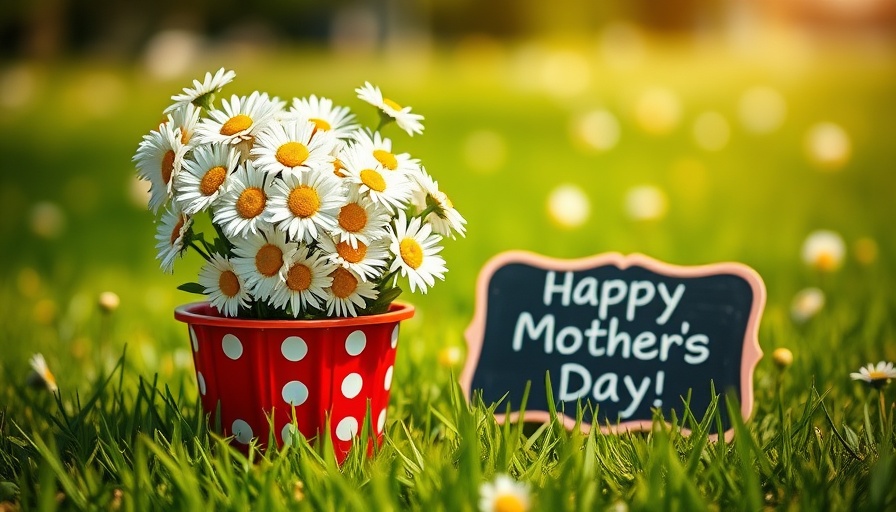
The Art of Preparing for Mother's Day Flowers
Mother's Day is not just another date on the calendar; for the floral industry, it is a bustling period that demands meticulous planning and creativity. As families seek to express their love and gratitude, florists stand at the forefront, delivering emotional bouquets that add beauty to this cherished occasion. Behind the scenes of every heartfelt arrangement lies a story of careful preparation and a passion for floral artistry.
Early Preparations: The Key to Success
Forget the idea that florists start gearing up for Mother's Day a week in advance; many begin their preparations months earlier, often in late winter or early spring. This proactive approach is crucial. Reliable vendors are contacted, orders are made, and the logistics are mapped out to ensure an ample supply of fresh blooms. Interestingly, many florists analyze customer behaviors from previous Mother’s Days to predict which flowers will capture attention this year. Roses, lilies, and hydrangeas frequently top the list, but unique arrangements will be key to standing out.
Stocking Up on Seasonal Favorites
Timing is everything when it comes to inventory. Florists who source popular seasonal flowers in advance position themselves as the local go-to for Mother’s Day gifts. A well-timed purchase allows florists to condition their flowers for longevity. Popular choices include fragrant lilacs, blush peonies, and vibrant tulips, especially as these varieties symbolize love and joyful beginnings. By identifying trending colors and varieties, florists not only meet customer expectations but also enhance the artistic flair of their arrangements.
Handling Logistics Like a Pro
But the art of floral arrangements goes beyond just flowers; logistics play a pivotal role. Mother’s Day is notorious for its last-minute orders and hurried deliveries. Florists have to design a systematic approach for managing these intense demands. This preparation might include hiring temporary help, creating bouquet templates for rapid assembly, and ensuring delivery schedules are coordinated perfectly.
Emotional Connections through Unique Arrangements
What truly sets a florist apart during this busy time is the ability to offer unique, signature arrangements that speak to personal stories. Florists who take the extra step to customize arrangements based on their customer's preferences build deeper emotional connections, allowing them to turn a simple bouquet into a heartfelt gesture. This can mean incorporating a loved one’s favorite flowers or creating a seasonal theme that resonates with the recipient.
The Broader Impact on Communities
Florists are not just delivering flowers; they are fostering connections within their communities. As people rely on florists for those circular tokens of affection, the economic impact ripples outward. Local shops thrive in this demanding season, showcasing their creativity and also supporting local growers by sourcing flowers from nearby farms. This dynamic ensures that the community not only celebrates Mother's Day but supports local businesses in the process.
Looking Ahead: Trends on the Horizon
As Mother’s Day approaches, florists must also keep an eye on future trends. Sustainability is becoming a significant factor in the floral industry. Customers increasingly prefer flowers that are sourced ethically and packaged sustainably. Florists responding to this trend by offering eco-friendly arrangements can captivate a more conscious consumer base, shaping the way flowers are perceived during holiday seasons.
In conclusion, while Mother’s Day flowers bring joy, appreciation, and love into the lives of many, they also showcase the intricate planning, creativity, and community impact of the floral industry. As you think of ways to honor the incredible mothers in your life, consider the craftsmanship that goes into creating those beautiful bouquets.
If you're planning to express your love this Mother's Day, explore local florists and consider placing your orders early to ensure you get the best arrangements and support your community.
 Add Row
Add Row  Add
Add 




Write A Comment